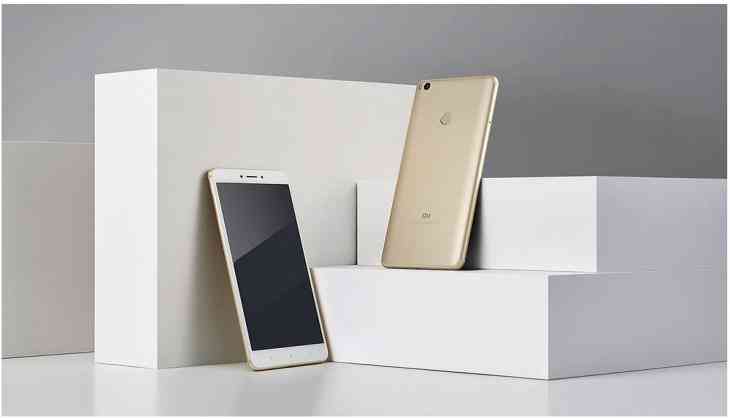Big is back with the Mi Max 2 phablet, but will anyone really buy in?

It took Xiaomi until the second half of 2017 to bring their first 'Mi' flagship phone to India. On 18 July, Xiaomi launched the Mi Max 2, their flagship 'phablet' smartphone at Rs 16,999 for the 4GB RAM and 64GB storage phone. A 6.44-inch phablet, the 'Max' is clearly a behemoth of a device and is the successor to last year's Mi Max.
The Mi Max 2 sports a huge 6.44-inch Full HD display, and with it comes a massive 5,300 mAh battery which Xiaomi claims delivers 2 days of continuous usage. At 174.1 x 88.7 x 7.6mm, the phone really is huge. It's big enough that you can't use it with one hand (though Xiaomi has some software gimmicks to make it easier) and small enough that you can't call it a tablet.
Internally, the phablet is powered by a Snapdragon 625 chipset which is paired with 4 GB of RAM. There is 64 GB of internal storage. There is still no word yet on whether the 128 GB version launched in China will make it to India. Unlike the Mi Max, the Mi Max 2 features a unibody metal design and comes in at just 7.6mm. It has a fingerprint sensor on the back. All Mi Max 2 phones will be manufactured locally, a nod to PM Narendra Modi's 'Make in India'.
Some of the other specifications include a 12-megapixel rear camera and a 5-megapixel front shooter. It's got Bluetooth 4.2, NFC, an IR blaster and a battery that offers Quick Charge 3.0. Xiaomi is claiming this Quick Charge will allow a charge of up to 68% in just over an hour.
Most importantly, this is the first Xiaomi phone that comes with Android Nougat (7.1.1) out of the box.
The question to ask is this – will anyone be keen on buying a phablet?
Here's @XiaomiIndia's #MiMax2 in its full flesh. Priced at Rs 16,999 for the 4GB+64GB variant. 6.44" screen. (@CatchNews) pic.twitter.com/IVXPoZszDc
— Sahil Bhalla (@IMSahilBhalla) July 18, 2017
Will anyone buy a phablet?
Phablets are for a niche audience only. It's good for media consumption, but not great for holding to your ear and talking for long durations. Phablets are for the sort of people who can't decide which restaurant to go to, and end up at a mediocre food court instead.
What complicates this further is that Xiaomi is billing the phone as a handset for anyone who wants the best-in-class battery life. Using it on a daily basis is something I just cannot fathom. I've seen people with phablets as phones and they look ridiculous.
It's too big to fit into most pockets. Picking up calls is even worse, for you get all the stares from passersby and in general -- it invites ridicule.
The Max 2 works only when you need a bigger screen for getting laptop-type work done, or want to just keep it in the kitchen for recipe videos to help with cooking, or maybe just play a game or two. All of this can be done sans a SIM card. Without a SIM card, this becomes a device you don't carry around on a daily basis.
So why not save a bit of money and buy both a tablet and a daily driver. From the tablet, you'll get a better experience while consuming media and doing other activities, and from the daily driver you'll be able to have a device that fits in your pocket and is a pleasure to use one-handed.
What Xiaomi has nailed is the pricing. It's in the sweet spot between a good daily driver and a good tablet. So for those considering just one device, this might just be the perfect one to snap up.
Watch out for my detailed review of Xiaomi's Mi Max 2. As far as first impressions go, this is a step in the direction of a one-device-fits-all motto. There aren't many competing devices in the space and at the current price Xiaomi has a free run to success on its hands.
First published: 19 July 2017, 14:24 IST

